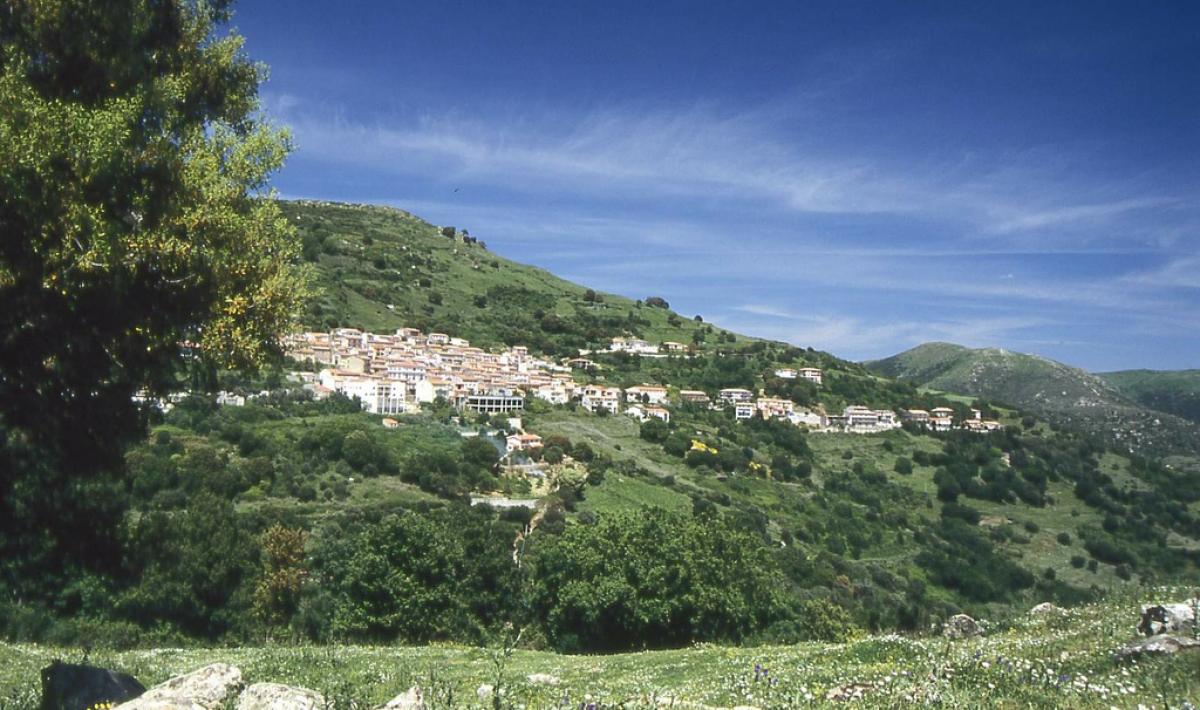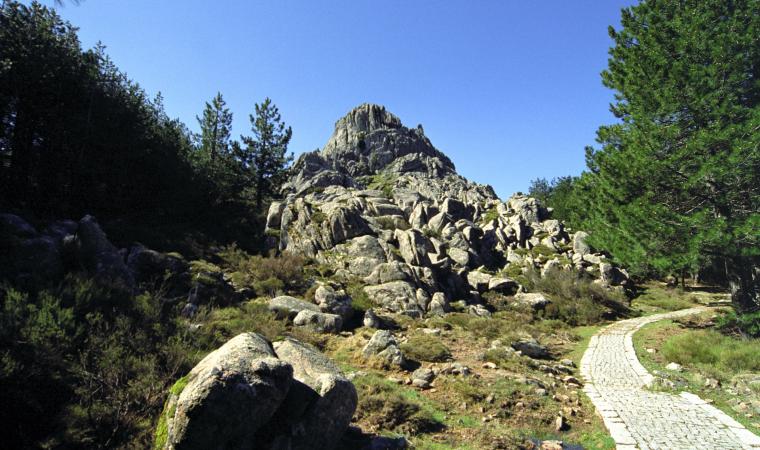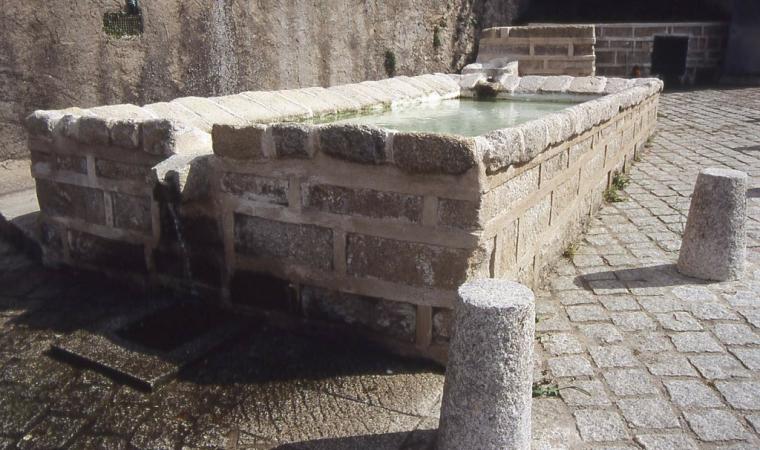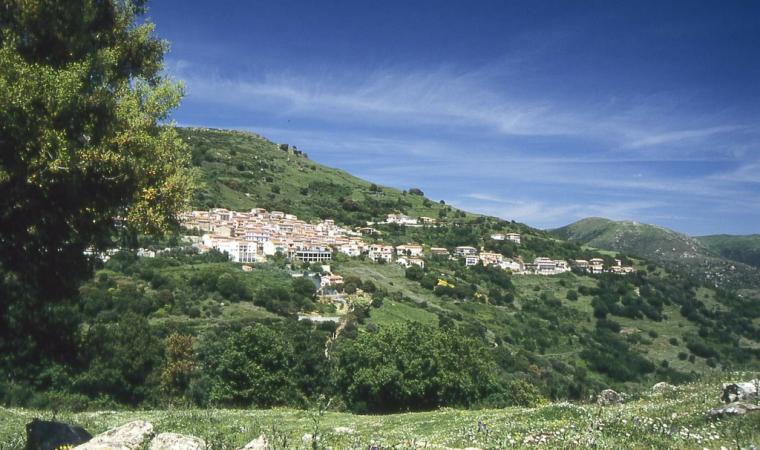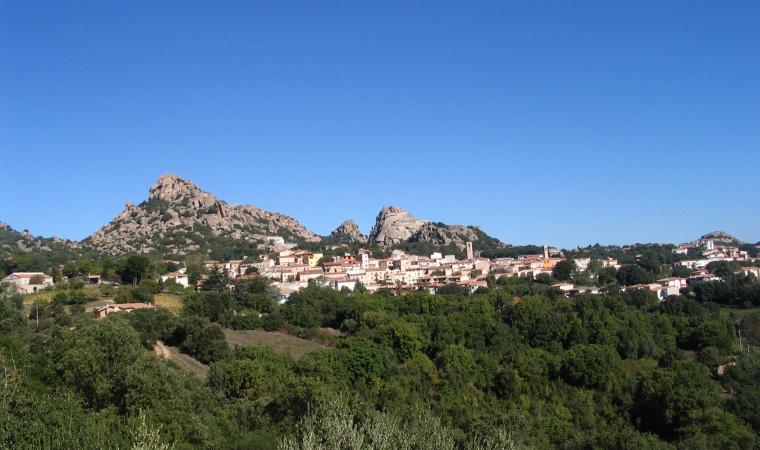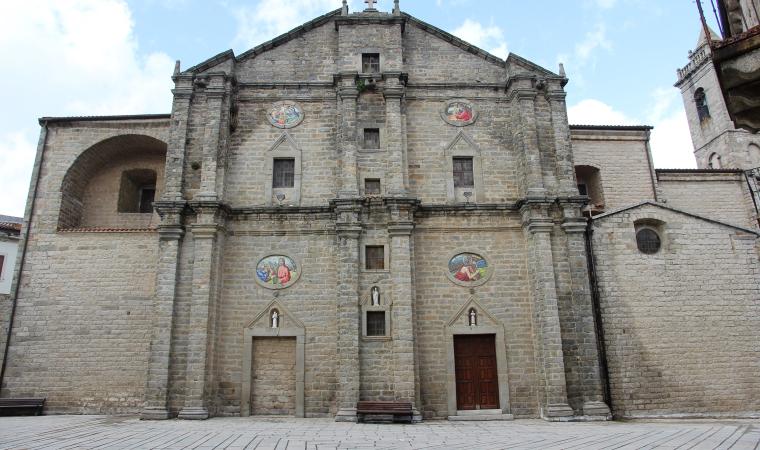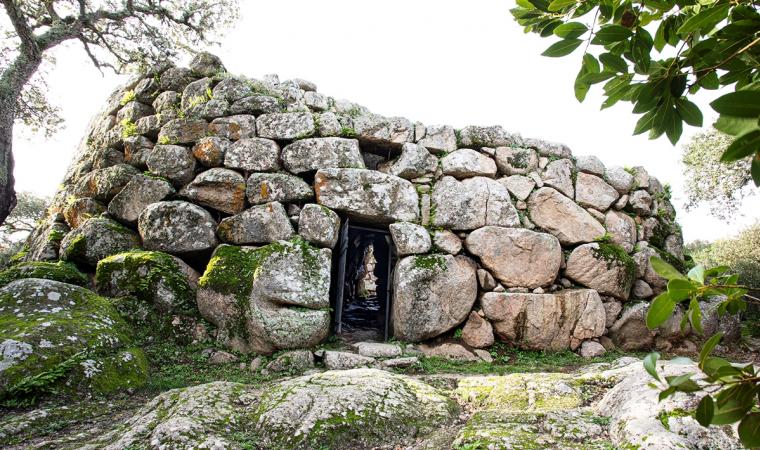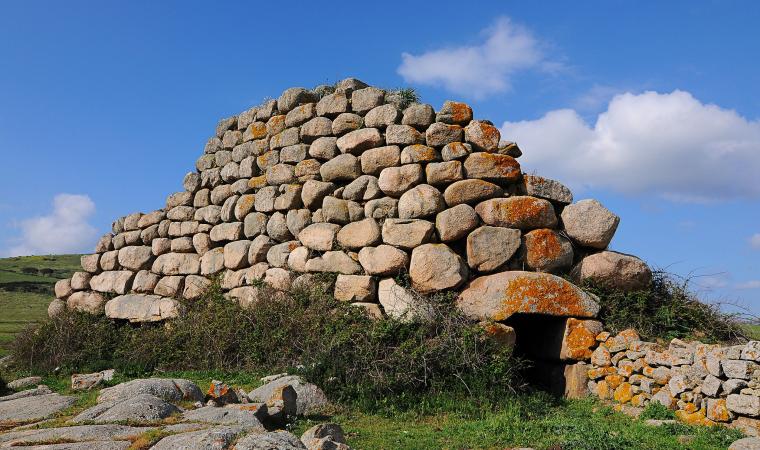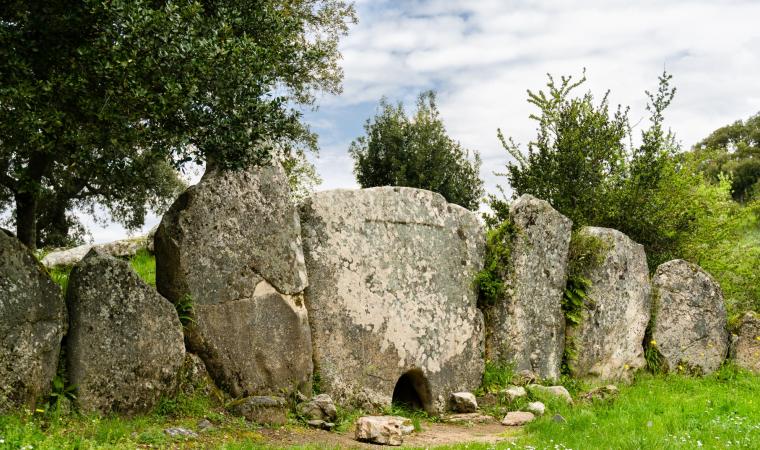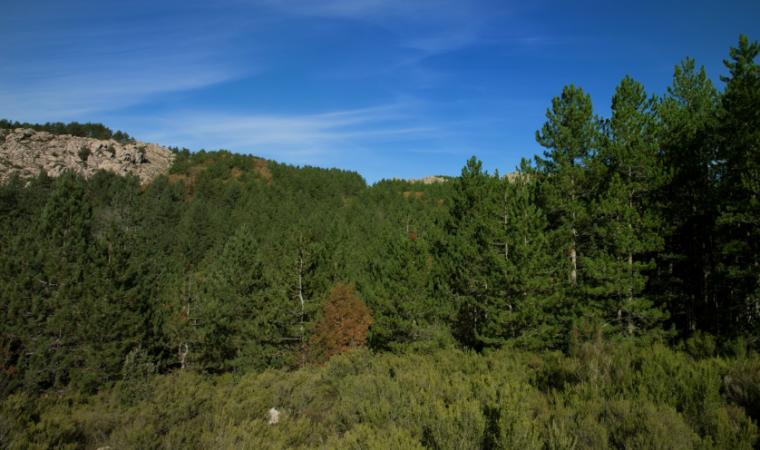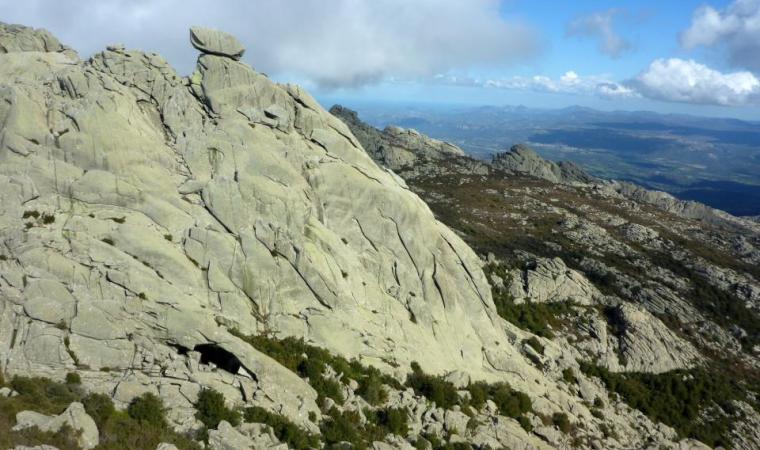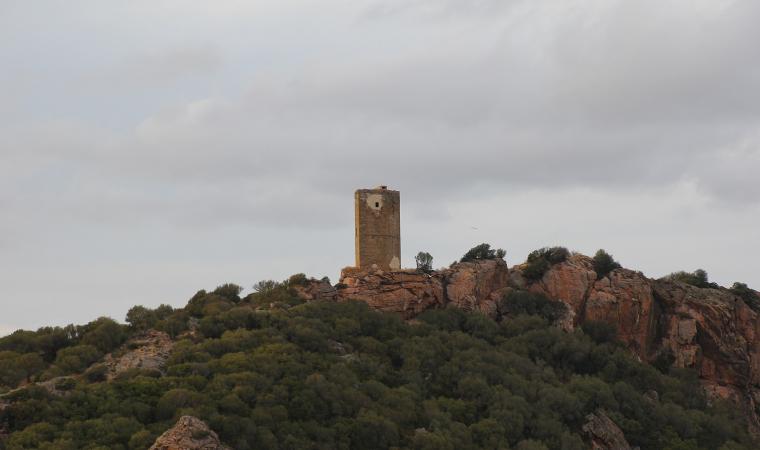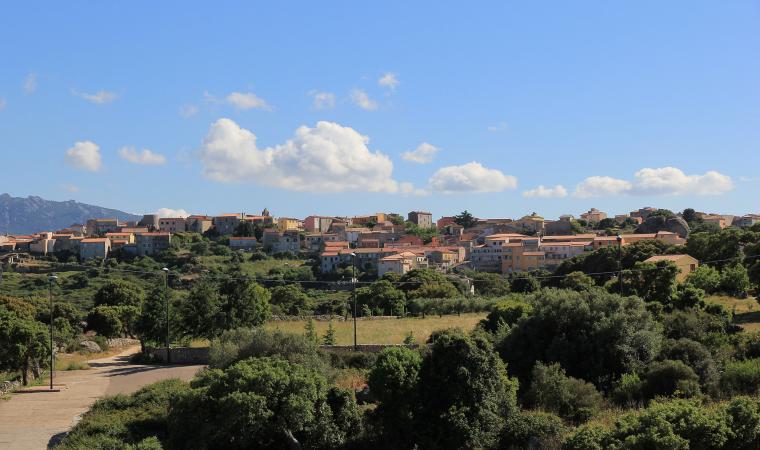A typical agricultural-pastoral village, Bortigiadas was once the Logudorese enclave in Gallura and is the smallest Municipality in the north-east of the Island, with less than 800 inhabitants living in 22 villages and stazzi (rural settlements), at a distance of some tens of kilometres from the centre. Bortigiadas rises up at an altitude of 450 metres above sea level, in the midst of elevations that reach a thousand metres, overlooking an area that extends to the east of the rivers Coghinas and Tempio Pausania, presenting interesting geological features. It is no coincidence that, since 1984, it has hosted the Mineralogical Museum, exhibiting 800 examples of minerals representing 250 species, mainly from the area of the village and also from other Sardinian territories. Amongst the finds are numerous pieces that are the sole examples on the Island. Speaking of geology, not to be missed in Punta Salizi are the rocks shaped by the wind over the centuries, forming marvellous natural sculptures, rising up between the Mediterranean scrub and cork oak woods, amidst splendid panoramas.
The first documentary evidence of the area being inhabited date back to the 14th century, under the name of Orticlada, which belonged to the diocese of Civita (today’s Olbia). Other texts of the Crown of Aragon mention Gortiglaca or Bortiglassa. The current form of Bortigiadas is confirmed in 1779. Today, the Gallurese dialect is spoken, but until the middle of the 20th century, the local language was Logudorese. The economy is mainly based on the working the land, in particular via viticulture, it being the production area of the Vermentino di Gallura wine. Agriculture, crafts, forestry and rural accommodation all gravitate around the land. The village is characterised by narrow streets that are built around the parish church of San Nicola di Bari, constructed in 1607 with exposed granite cantons in the façade and gabled roof. The internal barrel vault is supported by three arches, whilst artistic windows decorate the windows. Held within is a painting from the late-17th century, San Nicola e San Lucifero Difensori della Divina Maternità (Saint Nicholas and Saint Lucifer Defenders of the Divine Mother and Child). Local devotion is symbolised by six other churches, all in the inhabited centre, including the 18th-century Santa Croce (restored in 1980) and the Chiesa del Carmelo in the typical Gallura style of the 18th century, with the exception of San Pancrazio, just outside the village, where the most beloved festival of the community is held at the end of September. Amongst the ‘profane’ festivals, not to be missed is the beer festival in mid-August.
The domus de Janas of Tisiennari, carved into the rock and comprised of four decorated rooms, is the oldest remnant in the territory, dating back to the late Neolithic (IV millennium BC). A cell presents an architectural typology with a false door surmounted by taurine horns. According to some archaeologists, man would have inhabited Tisiennari since Lower Palaeolithic times, 300 thousand years ago. Other Domus de Janas show human settlements on the right bank of the Coghinas. Close to the town is the Su Nuraghe complex, which dates back to the Nuragic era. In Roman times, Bortigiadas possibly gravitated along the road from Olbia to Tibula, near the current Castelsardo.

